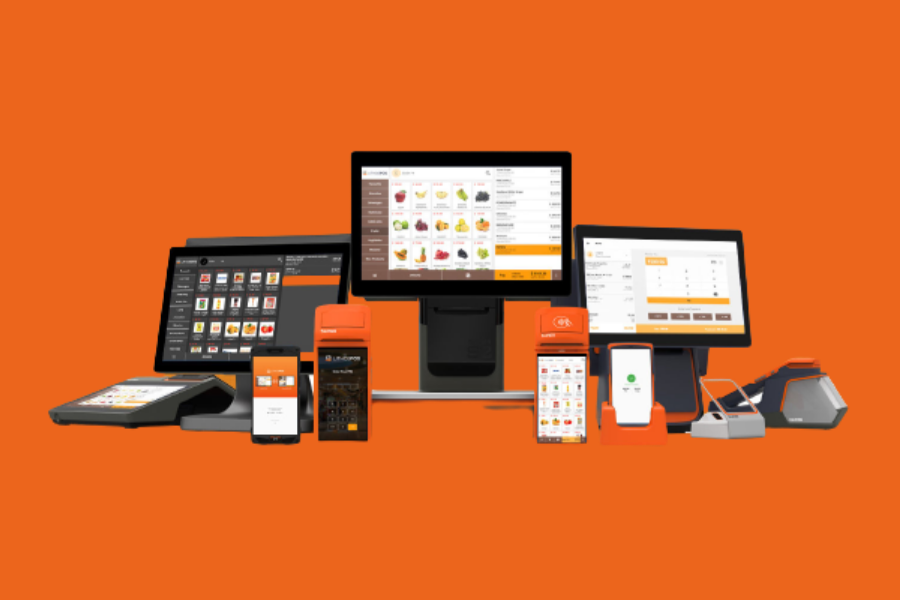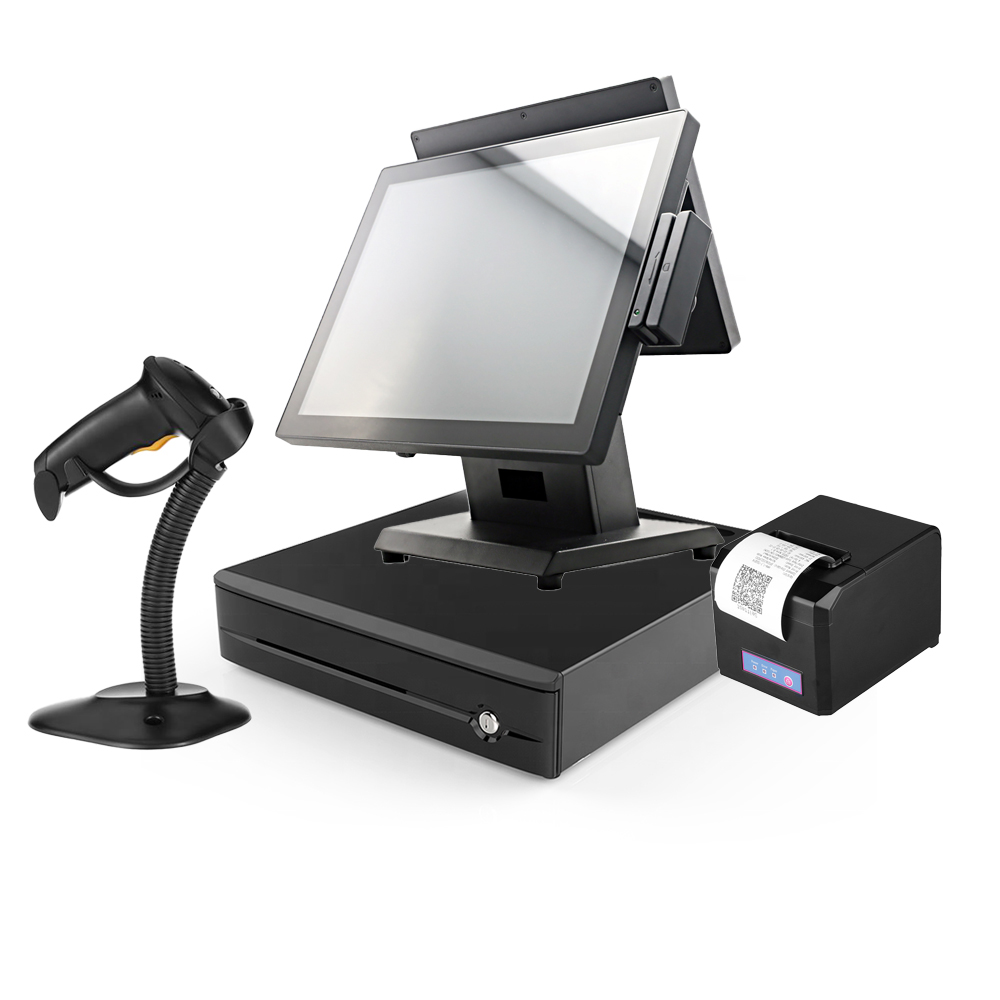How POS System Functions: A Comprehensive Overview for Entrpreneurs

Comprehending the Parts of a POS System

Exactly How Sales Deals Are Processed
When a consumer decides to purchase, the sales transaction initiates a series of methodical actions within the POS system. The cashier inputs the things being acquired, which are checked with a barcode reader or manually entered. This action obtains item details, including rates and relevant tax obligations, from the system's database.Next, the consumer is offered with the complete quantity due. The POS system then processes the settlement, whether via cash money, charge card, or mobile settlement techniques (Restaurant POS Software). For digital repayments, the POS securely connects with payment processors to license and confirm the transaction.Once the settlement is validated, the system creates an invoice, which can be printed or sent electronically. This receipt serves as proof of purchase for the client. Finally, the deal data is videotaped in the system, guaranteeing precise sales records and financial monitoring for the service
Stock Monitoring and Tracking

Reliable inventory monitoring and tracking are essential elements of a POS system, as they guarantee that organizations preserve excellent stock levels and lessen inconsistencies. A durable POS system enables real-time supply updates, showing sales and returns instantly. This makes it possible for local business owner to keep an eye on supply levels precisely, making sure that preferred items are easily offered while stopping overstocking of much less popular products.Additionally, advanced POS systems provide features such as automatic stock informs and reorder tips, improving the purchase procedure. Barcoding and RFID innovation enhance accuracy in tracking stock activity, reducing human error. Comprehensive coverage devices give understandings into supply turn over rates, helping companies make informed decisions regarding buying and product offerings. Ultimately, effective inventory management with a POS system not just improves operational performance yet likewise enhances consumer satisfaction by making certain item schedule.
Analyzing Consumer Information and Insights
Client information evaluation functions as a powerful tool for organizations utilizing a POS system (Restaurant POS Software). By analyzing and collecting purchase data, businesses can uncover valuable understandings regarding consumer habits and preferences. This analysis allows them to determine acquiring patterns, peak shopping times, and popular items, thereby educating supply choices and marketing strategies.Additionally, businesses can sector their client click here base, permitting customized advertising and marketing initiatives that satisfy particular demographics or acquiring routines. Understanding customer loyalty patterns also aids in developing targeted promotions and benefits programs.The information gleaned from a POS system can also reveal understandings right into consumer feedback, making it possible for businesses to make educated choices pertaining to product offerings and solution enhancements. Ultimately, leveraging client information successfully can enhance the overall shopping experience, foster consumer contentment, and drive earnings growth
Advantages of Executing a POS System

Regularly Asked Questions
What Kinds Of Organizations Can Take Advantage Of a POS System?
Numerous companies take advantage of a POS system, consisting of retailers, dining establishments, beauty salons, and ecommerce platforms. These systems improve transactions, stock management, and client data, improving operational effectiveness and boosting consumer experience across varied industries.
How Much Does a POS System Commonly Price?
The expense of a POS system typically varies from a couple of hundred to numerous thousand bucks, relying on attributes, equipment, and software. Services should consider continuous fees for upkeep, assistance, and deal handling when budgeting.
Can I Integrate a POS System With Existing Software Application?
Incorporating a POS system with existing software is often viable. Lots of systems provide APIs or more info integrated compatibility functions, permitting businesses to enhance operations and improve functionality by connecting different software application applications efficiently.
What Training Is Needed for Team to Make Use Of a POS System?
Educating for staff to use a POS system typically includes understanding software application functionalities, processing purchases, managing stock, and handling client interactions. Practical demonstrations and hands-on method sessions improve effectiveness and self-confidence in operation the system successfully.
What Happens if the Net Goes Down While Utilizing a POS System?
If the net goes down throughout POS system usage, deals may be interrupted. Several systems offer offline abilities, enabling standard operations to continue, however complete capability, consisting of real-time supply updates, will be restricted. A Factor of Sale (POS) system is composed of several essential elements that function together to manage and assist in deals service procedures. Efficient inventory management and tracking are important parts of a POS system, get more info as they assure that organizations preserve optimal stock levels and decrease disparities. Consumer data evaluation offers as a powerful device for services utilizing a POS system. Recognizing client commitment patterns additionally helps in establishing targeted incentives and promotions programs.The data gleaned from a POS system can additionally reveal understandings right into client feedback, enabling organizations to make educated choices concerning item offerings and service improvements. Implementing a POS system uses numerous benefits that can significantly boost service operations.